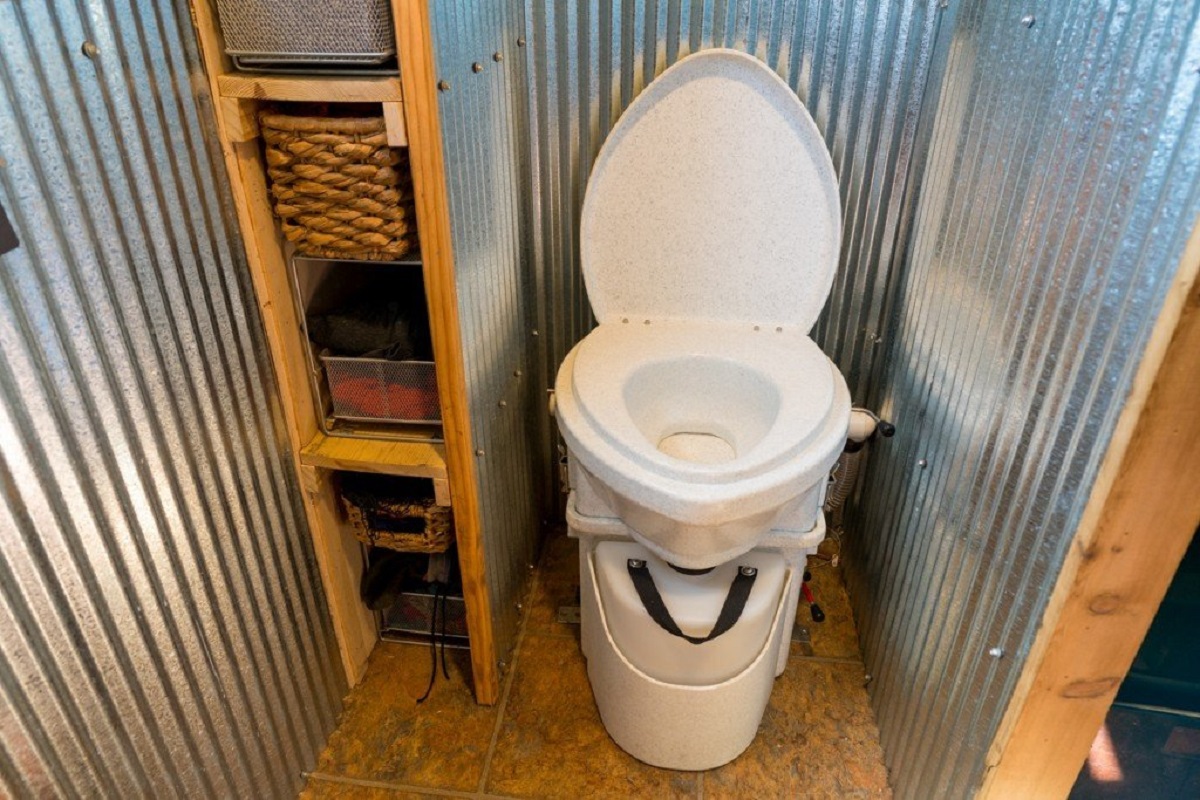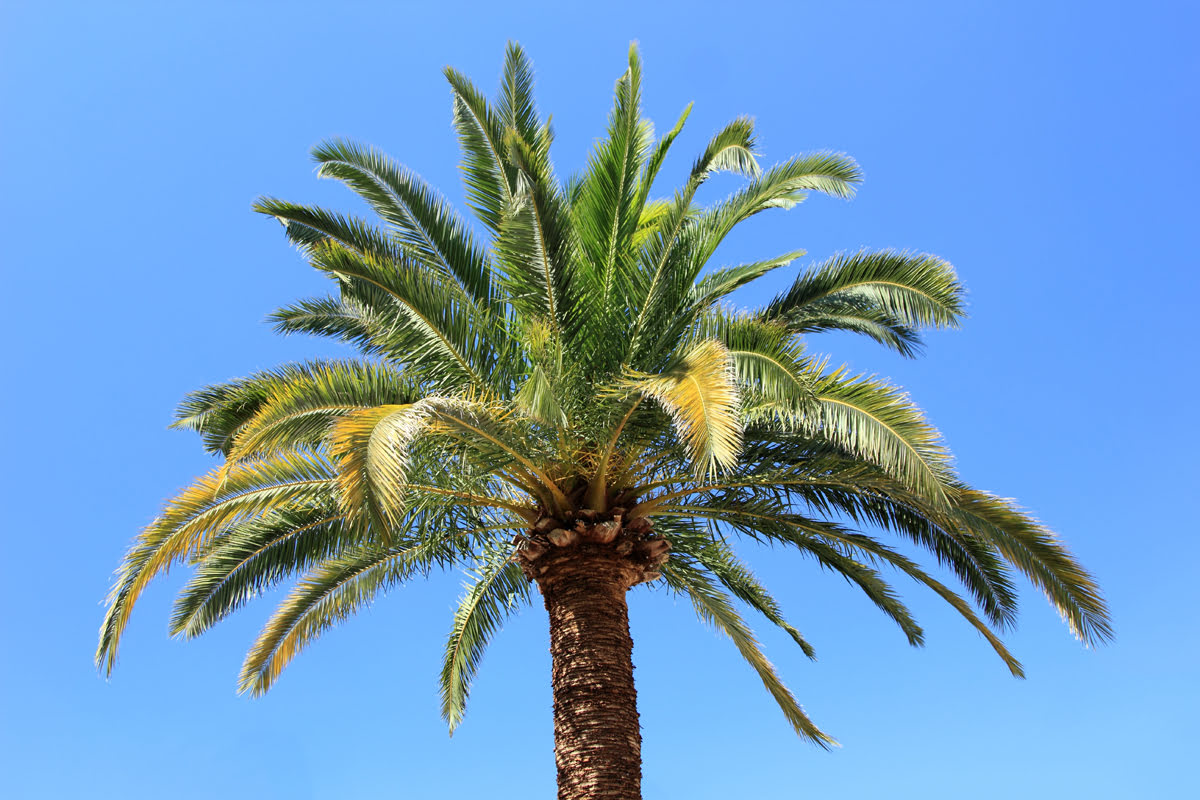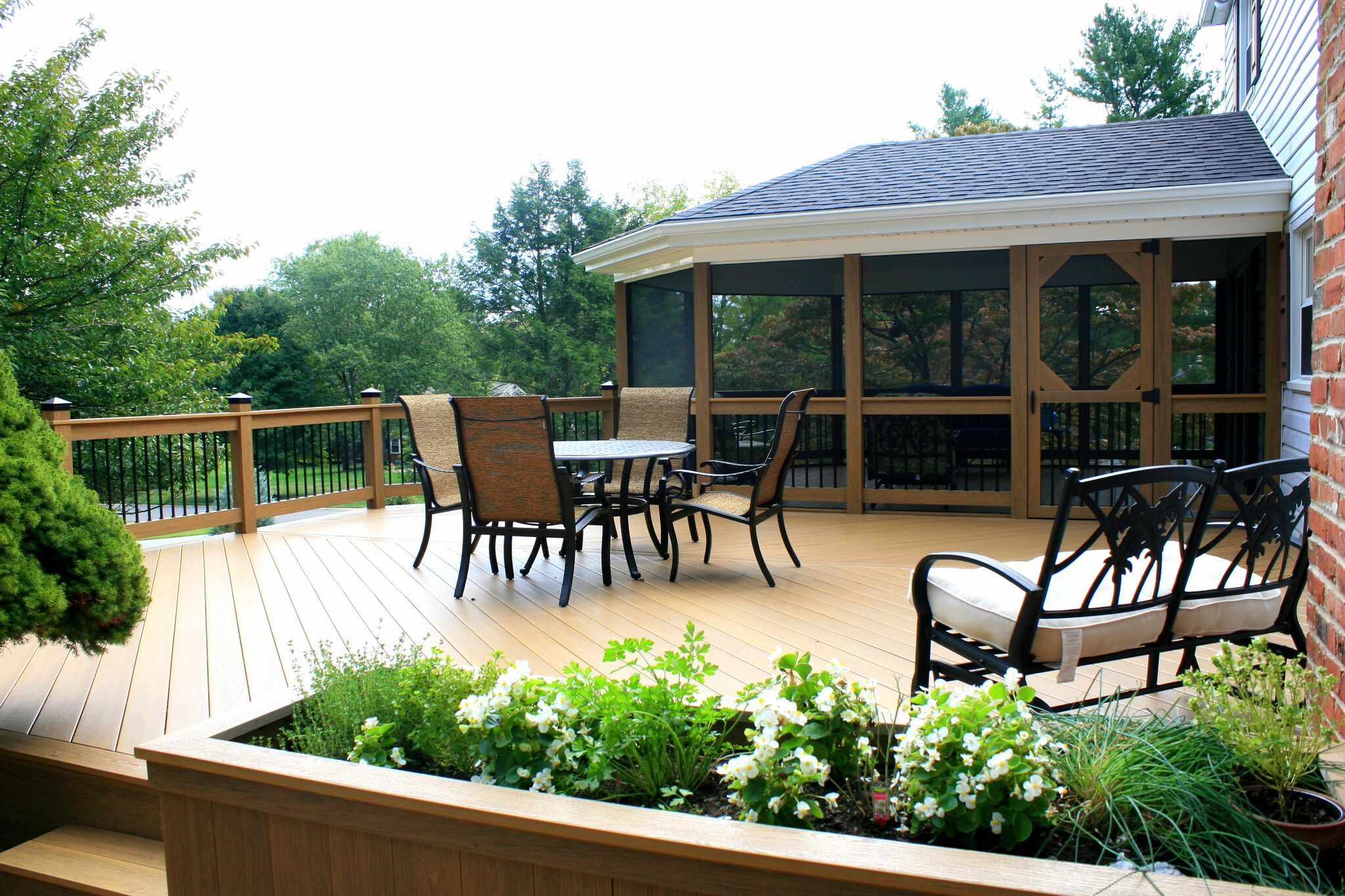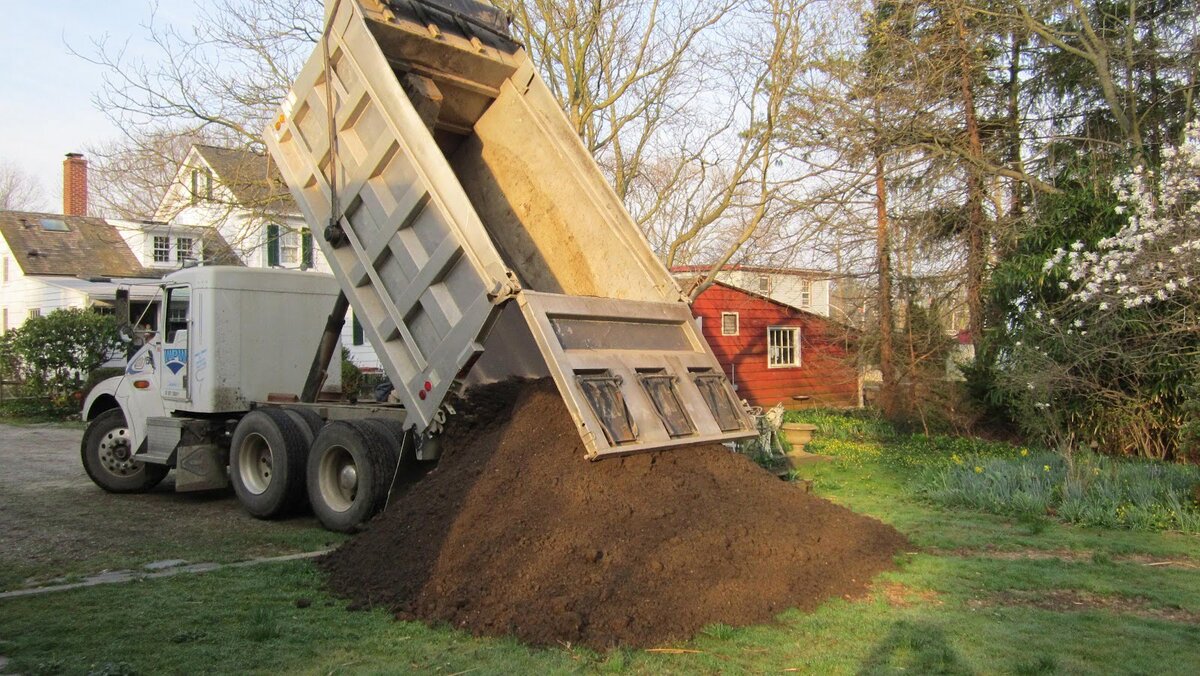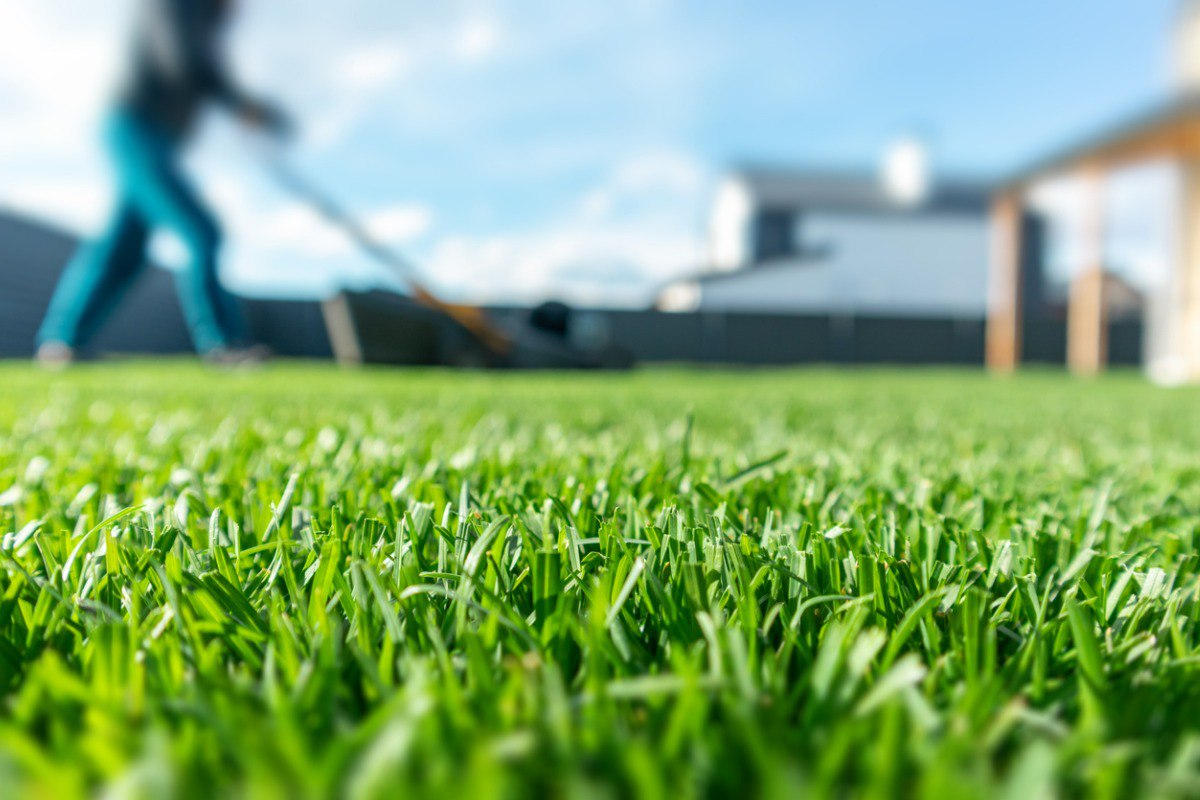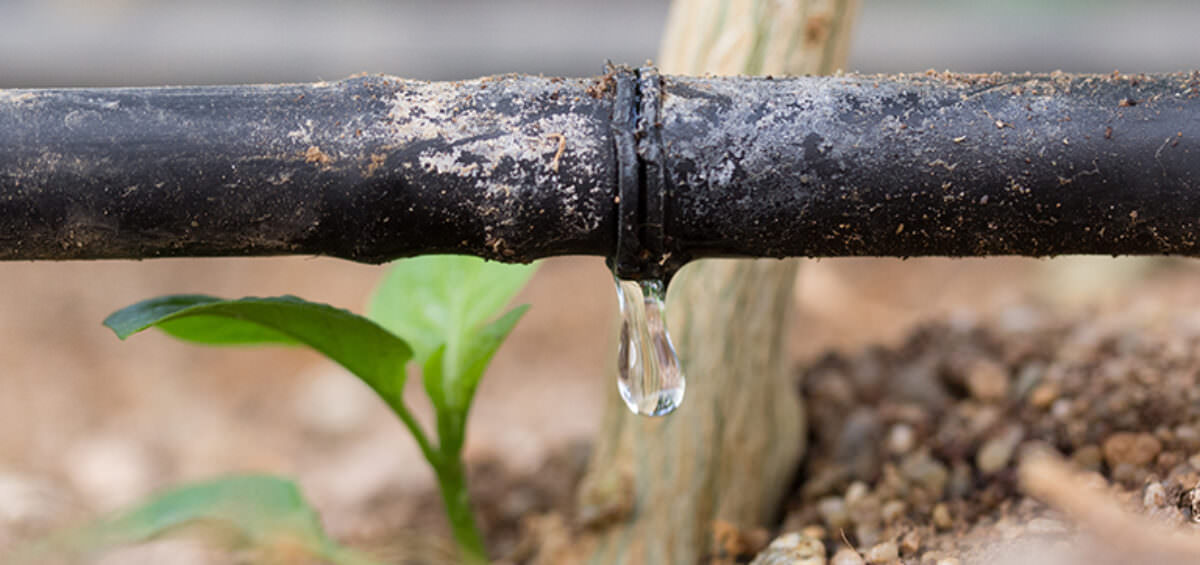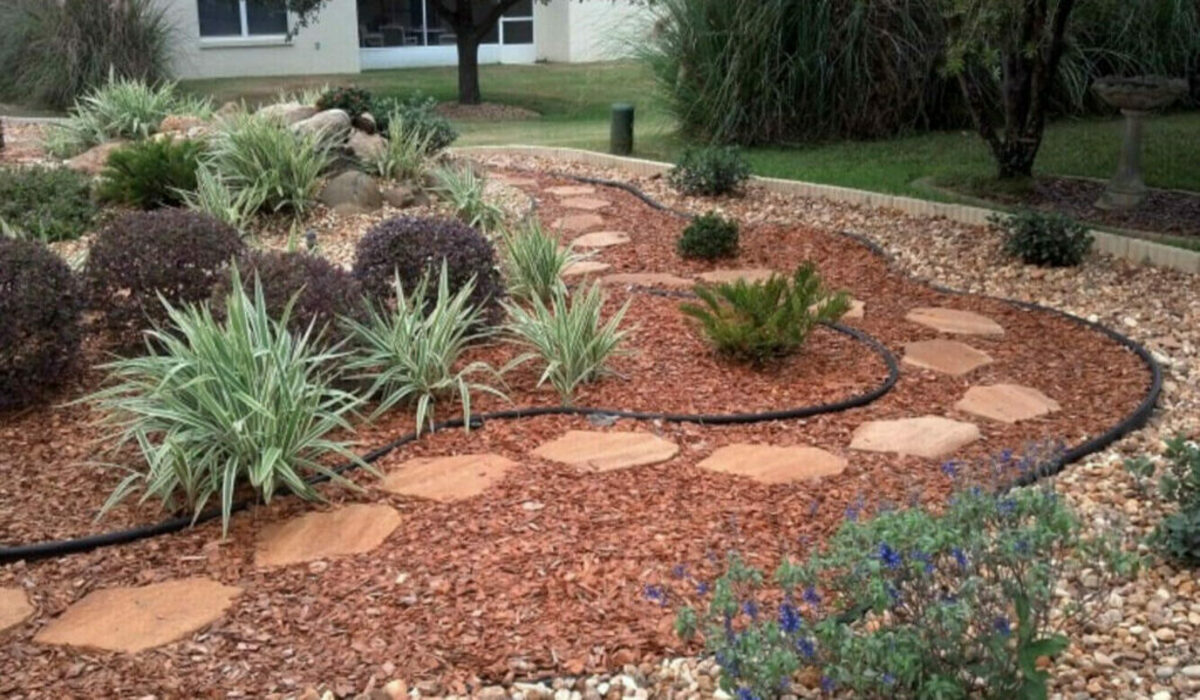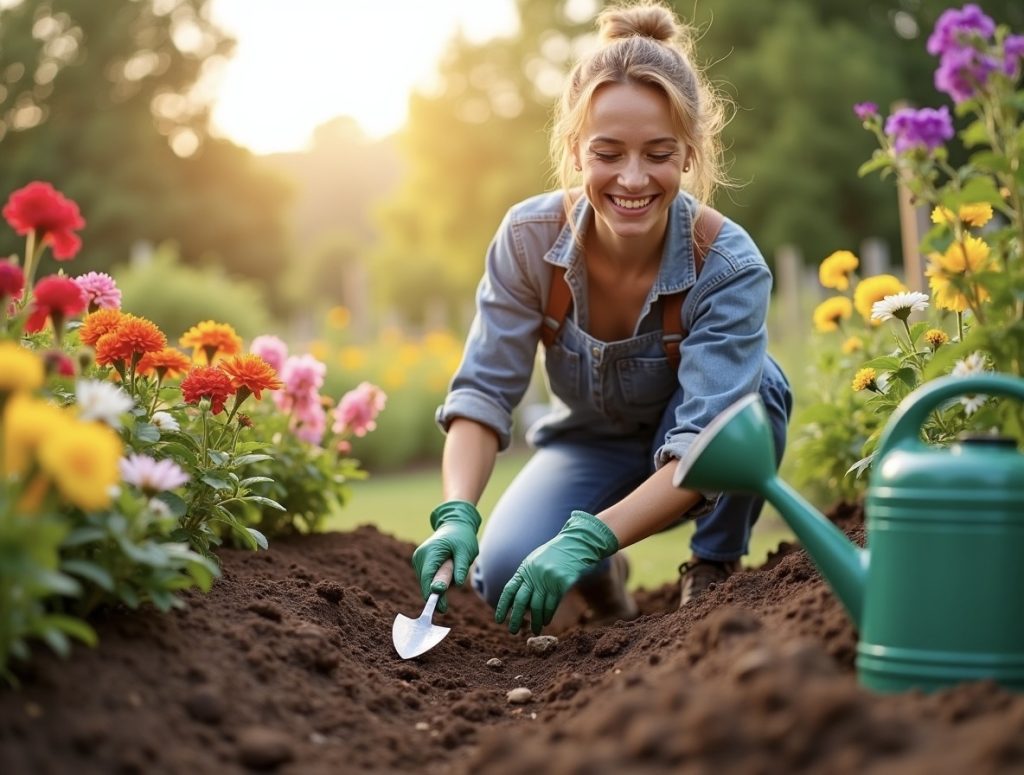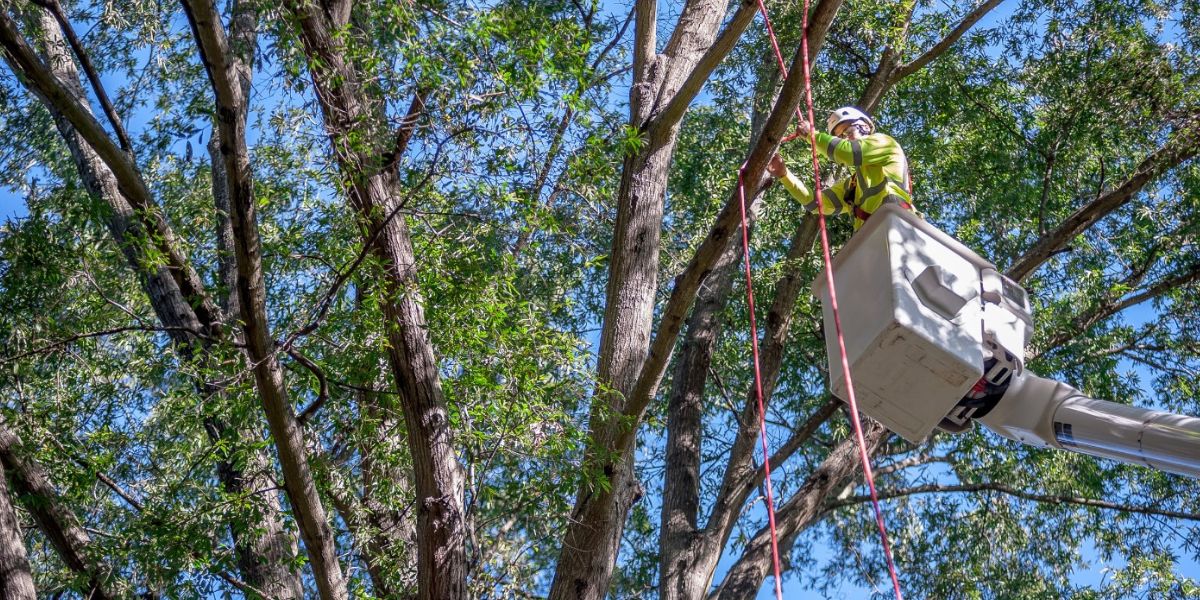Home>Gardening Basics>Tools and Equipment>How Much Does It Cost For Drip Irrigation
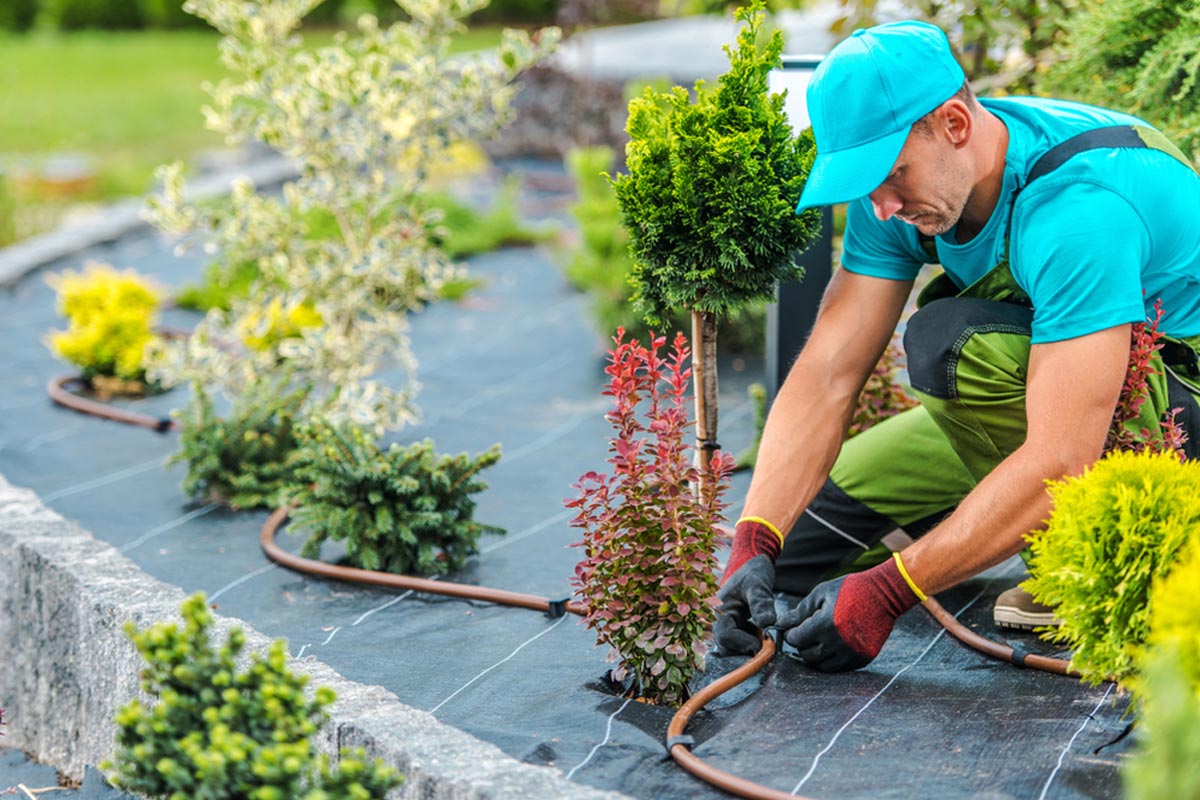

Tools and Equipment
How Much Does It Cost For Drip Irrigation
Modified: January 22, 2024
Looking to invest in drip irrigation? Find out the cost for tools and equipment needed for drip irrigation and make an informed decision for your garden or farm.
(Many of the links in this article redirect to a specific reviewed product. Your purchase of these products through affiliate links helps to generate commission for Chicagolandgardening.com, at no extra cost. Learn more)
Table of Contents
Introduction
Drip irrigation is a method of watering plants that involves the slow, targeted application of water directly to the plant’s root zone. Unlike traditional irrigation methods that spray or flood an entire area, drip irrigation delivers water directly to the plants, reducing water wastage and maximizing efficiency. This technique is widely used in agriculture, landscaping, and home gardening.
Drip irrigation offers several advantages over other irrigation methods. Firstly, it promotes water conservation by minimizing evaporation and runoff. The water is delivered precisely to the plant’s roots, ensuring efficient utilization and reducing water loss. Secondly, drip irrigation helps prevent weed growth by delivering water only to the plants, depriving weeds of the moisture they need to thrive. Thirdly, this method allows for precise control over the amount of water delivered, making it suitable for various soil types and plant needs.
The cost of implementing drip irrigation can vary depending on several factors. Factors such as the size of the area to be irrigated, the type of plants being grown, and the complexity of the system can all impact the overall cost. Additionally, the cost of components, installation, and ongoing maintenance also contributes to the total investment.
In this article, we will explore the different factors that affect the cost of drip irrigation, including the components and materials required, installation costs, maintenance and operation expenses, and how the cost compares to other irrigation methods. We will also provide some cost-saving tips to help you make the most of your drip irrigation system without breaking the bank.
Benefits of Drip Irrigation
Drip irrigation offers numerous benefits that make it a popular choice for both commercial farmers and home gardeners. Here are some of the key advantages:
- Water Efficiency: Drip irrigation delivers water directly to the root zone of plants, minimizing evaporation and water loss. Compared to traditional methods like sprinklers or flood irrigation, drip irrigation can reduce water usage by up to 50%. This helps conserve water resources and reduces water bills.
- Improved Plant Health: With drip irrigation, water is delivered precisely where it’s needed – at the plant’s roots. This ensures that plants receive an adequate and consistent water supply, promoting healthy growth and development. It also reduces the likelihood of overwatering, which can lead to root rot or other plant diseases.
- Weed Control: Drip irrigation targets water delivery to the plants, effectively depriving weeds of the moisture they need to grow. By minimizing water exposure to weed-prone areas, drip irrigation helps suppress weed growth, reducing the need for manual weeding or herbicides.
- Reduced Soil Erosion: Traditional irrigation methods, such as sprinklers, can cause soil erosion due to their high-pressure water distribution. Drip irrigation, on the other hand, delivers water slowly and directly, minimizing soil erosion and preserving the structure and fertility of the soil.
- Flexibility: Drip irrigation systems can be easily customized to cater to various plant types and growth stages. The system allows for adjustable water flow rates, ensuring that plants receive the appropriate amount of water at different growth stages.
- Consistent Moisture Levels: Drip irrigation maintains a consistent level of moisture in the soil, which is especially beneficial for plants that require a specific moisture level, such as fruits and vegetables. This consistency helps improve crop yield and quality.
Overall, drip irrigation offers a range of benefits that not only improve water efficiency but also enhance plant health and reduce maintenance efforts. By investing in a drip irrigation system, gardeners and farmers can achieve more sustainable and productive results while minimizing water waste and environmental impact.
Factors Affecting Drip Irrigation Costs
Several factors influence the overall cost of installing and maintaining a drip irrigation system. Understanding these factors will help you make informed decisions and budget accordingly. Here are the key factors to consider:
- Size of the Area: The size of the area to be irrigated plays a significant role in determining the cost. Larger areas require more drip lines, fittings, and emitters, increasing the overall cost of the system. Additionally, larger areas may require more complex installation and require additional labor.
- Type of Plants: Different plants have varying water requirements. Some plants may need more emitters or longer drip lines to ensure adequate water distribution. High-water-demand plants, such as fruit trees or vegetable gardens, may require a higher initial investment due to the increased number of emitters and lines needed.
- Topography: The shape and slope of the land can impact the cost of drip irrigation installation. Uneven or sloping terrain may require additional components like pressure regulators, anti-siphon devices, or flush valves to ensure equal water distribution. These extra components can add to the overall cost.
- Water Source and Pressure: The source and pressure of the water supply can affect the cost of a drip irrigation system. If your water source has low pressure, you may need to invest in a booster pump to maintain adequate water flow. Additionally, the cost of water filtration systems should be considered if your water source contains sediment or impurities.
- Quality of Components: The cost of the drip irrigation system depends on the quality of the components used. Higher-quality materials, such as UV-resistant tubing, pressure-compensating emitters, and durable fittings, may be more expensive but offer enhanced durability and longevity.
- Installation Labor: The cost of labor for installing a drip irrigation system can vary depending on the complexity of the project, the size of the area, and the experience of the installer. Hiring a professional to ensure proper installation may come at an additional expense but can save time and potential costly mistakes.
It’s important to consider these factors when estimating the cost of your drip irrigation system. By carefully assessing your specific needs and requirements, you can develop a budget that aligns with your goals and maximizes the value and efficiency of your irrigation investment.
Components and Materials
A drip irrigation system consists of several components and materials, each playing a crucial role in the overall efficiency and effectiveness of the system. Understanding these components will help you choose the right materials and estimate the cost of your drip irrigation system.
The main components of a drip irrigation system include:
- Emitters: Emitters are devices that control the flow rate of water and deliver it directly to the plant’s root zone. They come in different types, such as pressure-compensating emitters, adjustable emitters, and micro-sprinklers. The cost of emitters varies based on their quality, flow rate, and features.
- Drip Lines and Tubing: Drip lines and tubing are responsible for carrying water from the water source to the emitters. They are typically made of polyethylene or PVC materials. The cost of drip lines and tubing depends on their length, diameter, and material quality. Thicker and higher-quality tubing may cost more but offer increased durability.
- Fittings and Connectors: Fittings and connectors are used to join different pieces of tubing, create connections to the water source, or attach emitters. These can include couplings, tees, elbows, and valves. The cost of fittings and connectors varies based on their size, material, and complexity.
- Filters and Pressure Regulators: Filters are essential for preventing debris or sediment from clogging the emitters. Pressure regulators help maintain a consistent water pressure throughout the system. The cost of filters and pressure regulators depends on their quality, filtration capacity, and pressure range.
- Controllers and Timers: Controllers and timers are optional components that allow for automated scheduling and control of watering cycles. They can help optimize water usage and ensure that plants receive water at the desired times. The cost of controllers and timers varies depending on their features, such as programmability and remote access.
- Auxiliary Components: Other components that may be required include air vents, flush valves, and backflow prevention devices. These help maintain the integrity and performance of the drip irrigation system. The cost of these auxiliary components depends on their size, quality, and specific functionality.
When selecting components and materials, it’s important to consider factors such as the specific needs of your plants, durability requirements, and budget constraints. Investing in high-quality components may incur additional costs upfront but can result in a more efficient and long-lasting drip irrigation system.
Installation Costs
The installation costs of a drip irrigation system can vary depending on various factors, including the size of the area, complexity of the design, and labor expenses. Understanding the components involved in installation will help you estimate the overall cost of installing your drip irrigation system.
Here are the key factors that influence the installation costs:
- Preparation Work: Clearing the area, removing debris, and preparing the soil for installation are essential steps that may require labor or machinery. This may incur additional costs, particularly if the area is overgrown or needs significant preparation.
- Layout Design: Designing the layout of the irrigation system involves determining the location of drip lines, emitters, and other components. Depending on the complexity of the design and the size of the area, you may need the expertise of a professional designer or landscaper, which can add to the overall installation cost.
- Digging Trenches: Trenching is necessary to bury the drip lines or tubing. The length and depth of the trenches will vary based on the area’s size and the type of plants being irrigated. If the soil is hard or rocky, it may require additional labor or equipment to dig the trenches, increasing the installation cost.
- Component Installation: Installing emitters, fittings, connectors, and other components requires precision and expertise. Depending on the complexity of the system, hiring a professional installer may be necessary, adding to the overall installation cost. DIY installation is also an option, but it requires careful attention to detail and may require investing in specialized tools.
- Water Source Connection: Connecting the system to the water source requires the installation of a pressure regulator, filter, and backflow prevention device. Depending on the distance from the water source and the accessibility of the plumbing, additional materials and labor may be required, increasing the installation cost.
- System Testing and Adjustment: Once the installation is complete, the system needs to be thoroughly tested and fine-tuned. This involves checking for leaks, adjusting water flow rates, and ensuring proper functionality of the emitters and components. Professional installers may include this as part of their service, while DIY installers should allocate time and resources for system testing and adjustments.
Installation costs will vary depending on the complexity of the system and whether you choose professional installation or DIY. It is recommended to obtain multiple quotes from reputable installers and carefully evaluate the scope of work and services included to make an informed decision.
Maintenance and Operation Costs
Maintaining and operating a drip irrigation system is essential to ensure its long-term efficiency and effectiveness. While drip irrigation requires less maintenance compared to other irrigation methods, there are still some costs associated with upkeep and operation. Understanding these costs will help you budget accordingly and maximize the lifespan of your drip irrigation system.
Here are the main factors affecting maintenance and operation costs:
- Replacement of Components: Over time, certain components of the drip irrigation system may wear out or become damaged. This can include emitters, filters, or tubing. Budgeting for the periodic replacement of these components is essential to maintain the system’s optimal performance.
- Flushing and Cleaning: Regularly flushing and cleaning the drip lines and emitters helps prevent clogging and improve water distribution. This may involve manually flushing the system or using automated flush valves. Allocating time and resources for these maintenance activities is important for the system’s longevity.
- System Monitoring: Monitoring the drip irrigation system for leaks, pressure issues, or other malfunctions is crucial to prevent water waste and ensure efficient operation. Regular system checks and inspections may require investing in monitoring equipment or relying on a professional service for maintenance visits.
- Energy Costs: If your drip irrigation system is powered by electricity, you should consider the energy costs associated with running the system. This is particularly relevant if you have a larger system or use a booster pump to maintain adequate water pressure.
- Water Usage: Although drip irrigation is highly efficient in water usage, there are still costs associated with the amount of water consumed. This will depend on local water rates and the frequency and duration of irrigation cycles. Monitoring and managing water usage will help keep costs in check.
It’s important to develop a maintenance schedule and budget to ensure timely replacement of components, regular system checks, and proper operation. Regular maintenance and monitoring will help extend the lifespan of your system, improve its efficiency, and prevent costly repairs.
Cost Comparison with Other Irrigation Methods
When considering the cost of a drip irrigation system, it is essential to compare it with other irrigation methods to determine its economic viability. While upfront costs may vary, it’s important to evaluate the long-term savings and benefits of drip irrigation compared to alternative methods.
Here is a cost comparison of drip irrigation with other commonly used irrigation methods:
- Sprinkler Irrigation: Sprinkler systems are widely used in both agricultural and residential settings. While sprinklers are relatively inexpensive to install, their operational costs can be higher due to water wastage through evaporation and overspray. Sprinkler systems also require more water pressure, potentially increasing energy costs associated with running a booster pump.
- Flood Irrigation: Flood irrigation involves flooding the entire field or garden with water. While this method is inexpensive to set up, it often leads to significant water wastage due to evaporation and runoff. Additionally, the labor required for flood irrigation can be higher compared to the more automated nature of drip irrigation.
- Manual Watering: Manual watering using a hose or watering can be time-consuming and labor-intensive. While it may seem cost-effective initially, it can result in water wastage and uneven watering, leading to inconsistent plant growth and increased requirements for plant maintenance.
- Natural Precipitation: Relying solely on natural rainfall is the most cost-effective irrigation method. However, this method is highly unpredictable, and during dry periods, plants may suffer from insufficient moisture. Supplementing natural precipitation with drip irrigation ensures consistent water supply to the plants and promotes healthy growth.
Drip irrigation, although it may have higher upfront costs than some traditional methods, offers significant long-term savings and benefits. By reducing water usage, minimizing water evaporation and runoff, and providing targeted irrigation directly to the root zone, drip irrigation can lead to substantial water savings and lower water bills.
Moreover, the improved water efficiency of drip irrigation can contribute to healthier plants with higher yields and better quality produce. This can result in increased crop productivity and potential cost savings or profits in agricultural settings.
Ultimately, the cost-effectiveness and value of drip irrigation compared to other methods will depend on factors such as the size of the area, water rates, energy costs, and the specific needs of the plants being irrigated. It’s essential to evaluate these factors and consider the long-term benefits when making a decision about the most suitable irrigation method for your situation.
Cost-Saving Tips for Drip Irrigation
While drip irrigation offers numerous benefits, it’s understandable that you may want to keep the costs as low as possible. Here are some cost-saving tips to help you make the most of your drip irrigation system:
- Plan and Design Efficiently: Proper planning and design are key to avoiding unnecessary costs. Take the time to assess your landscape or garden and design your drip irrigation system accordingly. Consider factors such as plant spacing, water requirements, and topography to optimize water distribution and minimize the number of components needed.
- Choose the Right Components: While it can be tempting to opt for the cheapest components, investing in higher-quality materials can save you money in the long run. Quality components are more durable and less likely to require frequent replacement or repairs.
- Perform Regular Maintenance: Proper maintenance can prevent costly repairs and extend the lifespan of your system. Regularly check for leaks, clogs, or damaged components, and promptly address any issues. Flushing the system regularly and keeping it clean will help maintain optimal water flow and prevent blockages.
- Consider Rainwater Harvesting: If regulations and climate allow, consider incorporating rainwater harvesting into your drip irrigation system. Collecting and storing rainwater can significantly reduce your water bill and reliance on the municipal water supply.
- Utilize Mulch: Applying a layer of organic mulch around your plants helps retain moisture in the soil by reducing evaporation and weed growth. This means you can reduce both water usage and the need for additional weeding, saving both water and labor costs.
- Implement Smart Irrigation Practices: Optimize water usage by using smart irrigation practices. Use sensors or weather-based controllers to adjust watering schedules based on real-time weather conditions. Avoid over-watering by monitoring soil moisture levels and adjusting irrigation accordingly.
- Group Plants with Similar Water Needs: When designing your irrigation zones, group plants with similar water requirements together. This allows you to fine-tune water delivery to meet each plant’s needs efficiently, avoiding excessive watering or water stress for different plants and ultimately reducing water usage.
- Regularly Monitor Water Usage: Keep track of your water usage to identify any spikes or irregularities. Monitoring your water consumption allows you to take corrective action if there are unexpected increases in usage, helping you avoid unnecessary costs.
By implementing these cost-saving tips, you can maximize the efficiency and effectiveness of your drip irrigation system while reducing operational expenses. Remember that investing time and effort in proper planning, design, maintenance, and smart water management practices can lead to significant long-term savings and sustainable benefits for your garden or farm.
Conclusion
Drip irrigation is an efficient and effective method of watering plants that offers numerous benefits over other irrigation methods. Although it may involve upfront costs, the long-term savings and advantages make it a worthwhile investment. By delivering water directly to the root zone of plants, drip irrigation minimizes water wastage, reduces weed growth, and promotes plant health.
When considering the cost of a drip irrigation system, it’s important to factor in various elements such as the size of the area, type of plants, and components used. The installation costs depend on factors like preparation work, layout design, and component installation, while maintenance and operation costs involve regular monitoring, component replacement, and proper system maintenance.
Comparing the cost of drip irrigation with other irrigation methods, such as sprinklers or flood irrigation, reveals the long-term savings and efficiency of drip irrigation. While initial costs can be higher, drip irrigation provides significant water savings, reduces energy expenses, and enhances crop productivity.
To keep costs down, it’s important to plan and design the system efficiently, choose high-quality components, perform regular maintenance, and implement smart water management practices. By following these cost-saving tips, you can optimize your drip irrigation system’s performance and reduce operational expenses.
In conclusion, investing in a drip irrigation system is a wise choice for anyone looking to conserve water, promote plant health, and achieve sustainable irrigation practices. With proper planning, installation, and maintenance, a well-designed drip irrigation system can provide long-term benefits and cost savings while nourishing your plants and landscape.
